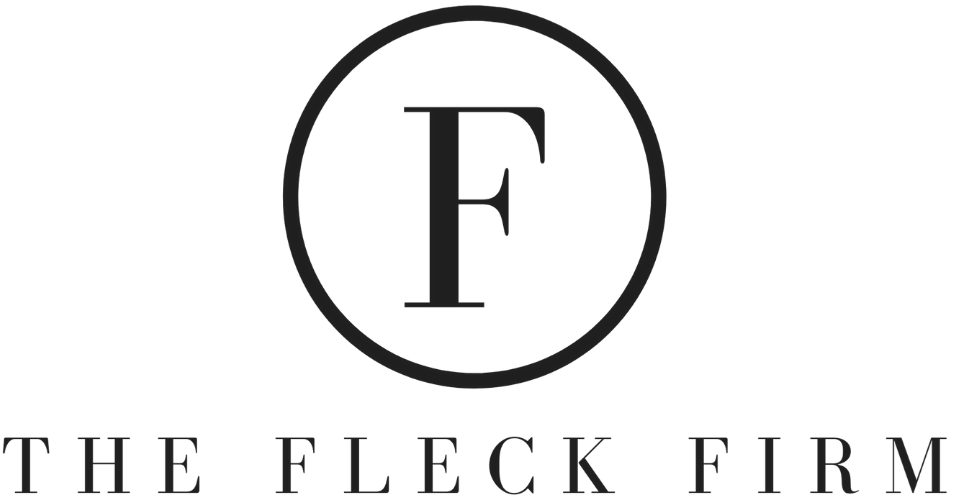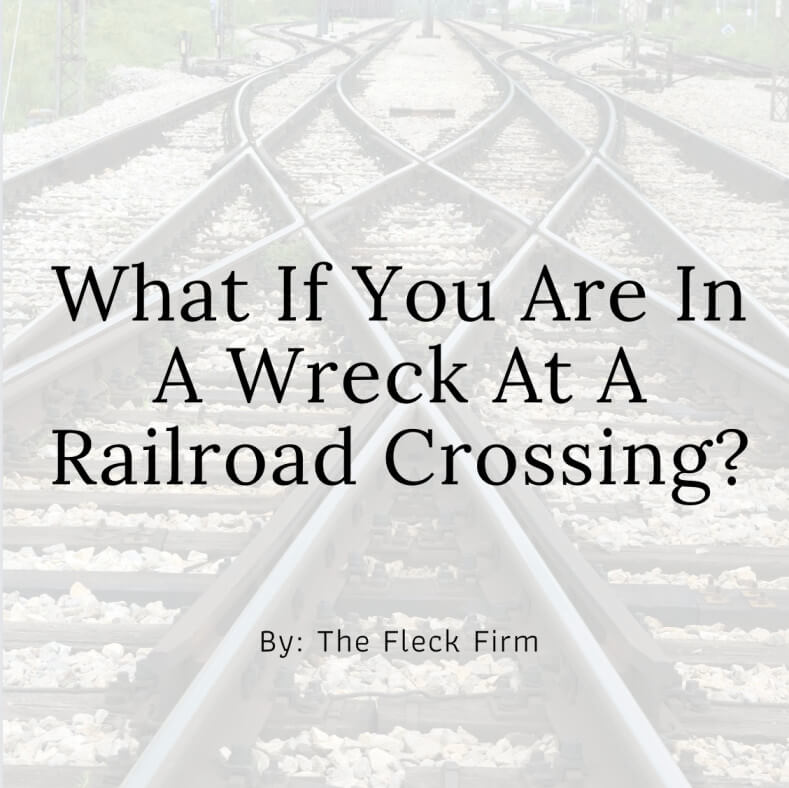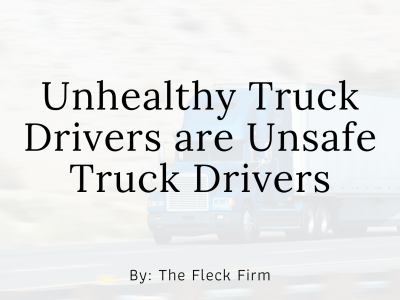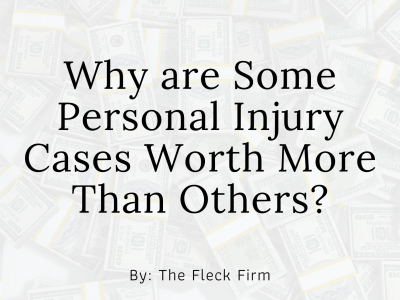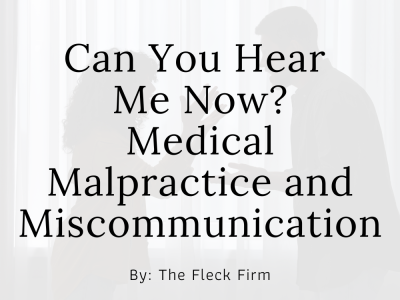Railroad crossings are notoriously dangerous for many reasons. The main one is physics, but crossings are risky because making them safe costs money that railroads don’t want to spend. They deny responsibility for incidents involving their trains that travel on tracks they own.
A fully loaded freight train may weigh 18,000 tons. If one crashes into you, the force of the freight train will likely blow you, your passengers, and your two-ton vehicle apart. If anyone survives, the chances are good they’ll have catastrophic injuries.
What Should I Do at a Railroad Crossing?
If you drive to a crossing and the gates are down, wait. No matter how bad a day you’re having or how late you may be to get to your destination, risking your death and the deaths of your passengers is not worth it.
If you encounter a crossing with just a sign (known as a crossbuck), but no active measures to warn or protect vehicles, stop, look, listen, and take your time. There may be issues that make your efforts to stay safe tougher:
- The road grade may be steep, and if you’re driving up it, it limits how well you can see
- Overgrown vegetation by the rails may obscure your view
- If the crossing’s at a curve in the rails, your view may be limited
- Trains with only a few cars are harder to see and may appear farther away than they are
Use caution when crossing train tracks, take your time, and do your best.
Other attorneys take contingent fees of 33% to 50% of your settlement.
We want you to keep more of your money.
Our contingent fee is only 30% on cases settled prior to filing suit.
Why Aren’t Railroad Crossings Safer?
A Kansas City Star investigation examined records for 12 states with the most miles of public track in the country (which didn’t include Kentucky). The newspaper found:
- Rural communities and small towns are especially hard hit. Nearly 46% of the fatal crashes occurred there (not counting California, where they mostly happen in cities)
- About half the country’s 130,000 railroad crossings are without devices like bells, lights, or gates
- Research shows flashing lights and gates can significantly reduce crashes, but they’re not universally used. In 11 of the 12 states, 90 of the 406 deadly crashes occurred at crossings that only had crossbuck signs
- The use of flashing lights to warn of oncoming trains without gates can cut the chances of an accident by two-thirds
Railroad companies and state and federal governments should work together to improve this bad situation. The newspaper found the result is often too little too late. Safety projects usually won’t start until there’s an agreement between the railroad owning the tracks, and the state and federal governments, which takes time.
After the agreement’s complete, the railroad (or its contractor) does the work, and the federal government reimburses them. Due to delays while a deal’s being finalized, people die at crossings known to be dangerous.
Why Don’t Railroads Do More to Make Crossings Safe?
Because they don’t want to. Despite the ability of highly profitable railroads to pay for these improvements themselves, they choose not to do so for many reasons:
- They have the resources to lobby governments to get favorable treatment
- Railroads have highly effective public relations campaigns that blame motorists (many of whom make mistakes that cause accidents) and make it appear that they’re innocent victims
- They will strongly defend themselves in lawsuits, potentially spending much more on defense than what a settlement may cost. This discourages people from filing claims and reduces the chances a judge will issue a victim-friendly decision that may be used as a legal precedent in future cases
- The federal government recently started paying for all railroad crossing safety improvements (it was paying 90% of the cost previously, the rest would be state government dollars). Federal taxpayers subsidize railroads, who choose not to pay to make crossing safer. They see no reason to spend their own money when the federal government foots the bill
Railroads are not only experts at moving cargo but at defending lawsuits and deflecting blame while they do so.
A Missouri Case Exposes Railroads Passing the Buck
Kimberly Alcorn was on an Amtrack train riding rails owned by Union Pacific in Missouri in 1997. It was traveling 65 to 70 miles an hour when it collided with a vehicle at a crossing with just a crossbuck warning. Alcorn suffered severe, permanent injuries and sued the two parties. During the trial, jurors learned all railroads stopped paying for safety upgrades after federal and state subsidies started in 1973.
The jury found in Alcorn’s favor and awarded her $120 million in punitive and $40.4 million in compensatory damages. Jurors later said they hoped the high awards would force Union Pacific and other railroads to pay for safety improvements rather than wait for the government to do it. According to the Star:
“It’s their railroads,” one juror told a Star reporter at the time. “It’s their tracks — they’re responsible.” According to that story in The Star, several jurors told (Alcorn’s attorney) “in unison” after the verdict that something had to be done about the railroads before others were maimed or killed at unsafe crossings. “Today!” one juror shouted.
Not surprisingly, Union Pacific and Amtrak appealed the decision. In 2001, the Missouri Supreme Court upheld the compensatory damages award but reversed the punitive damages award. Though the court saved the defendants money, it also made clear they weren’t innocent bystanders to dangerous railroad crossings. The appellate decision states:
- “A Union Pacific representative testified that it was possible to upgrade crossings using its own funds, without state or federal funds, and the appropriate approvals would be granted.”
- “A Union Pacific official testified that the railroad does not take any responsibility for identifying hazardous crossings and spends no money on its own for eliminating hazardous crossings. Union Pacific has never spent its own money in Missouri to upgrade a crossing to lights and gates, but waits for public funds.”
- After Missouri determined the crossing where the accident happened needed lights and gates, Union Pacific didn’t inform Amtrak or the public. “The railroad’s representative testified that ‘we were letting the process take care of itself.’”
While the process grinds on, more people are killed and seriously injured.
Are You Injured Because of an Accident at a Railroad Crossing?
If you have any questions about your legal rights to compensation and how they can be protected, contact The Fleck Firm at (270) 446-7000 to schedule a free consultation. We’ll talk about your crash, how Kentucky law may apply, and your best options. Railroads have lawyers. You should have one too.
